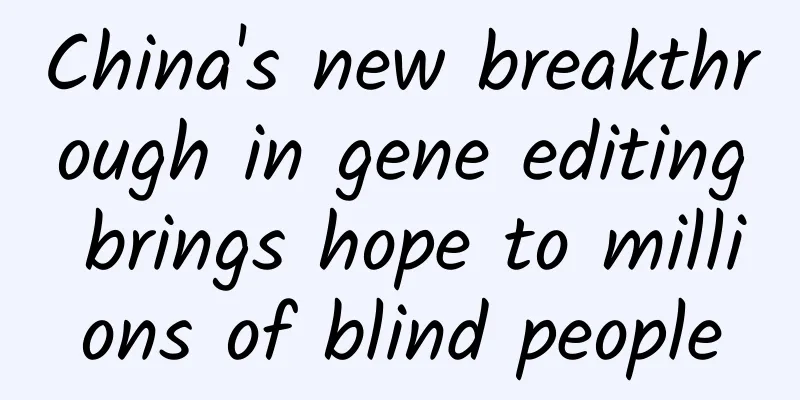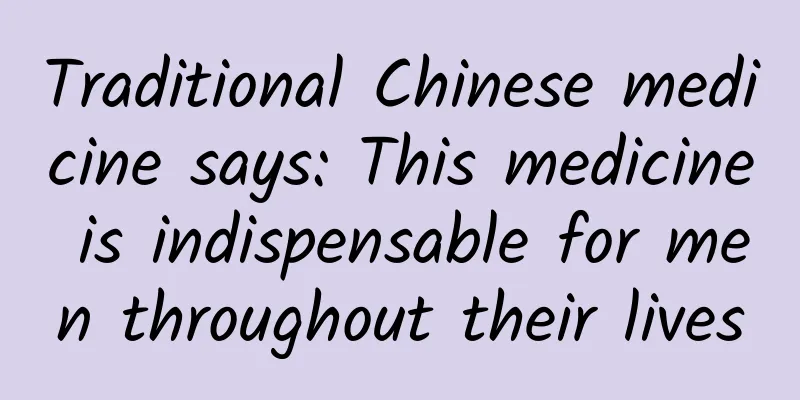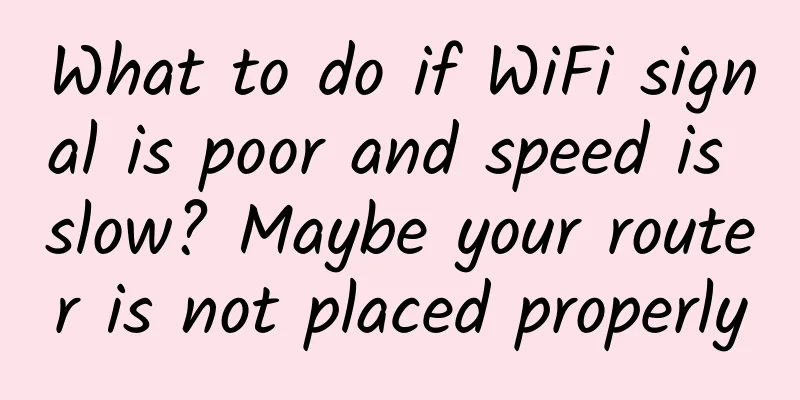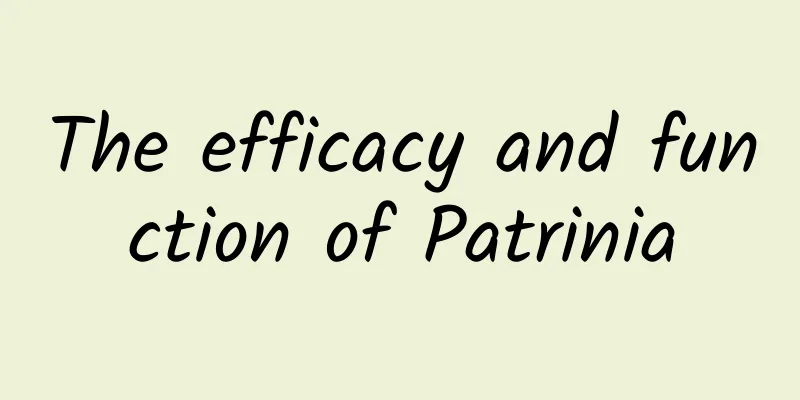China's new breakthrough in gene editing brings hope to millions of blind people

|
Did you know that there are about 2 million people in the world who are blind due to gene mutations? Does this number surprise you? In our impression, most eye diseases should be acquired. In March 2023, a paper published in the top international journal "Journal of Experimental Medicine" brought a ray of hope to these blind people caused by gene mutations. Yao Kai's team at Wuhan University of Science and Technology designed a new universal gene editing tool to restore vision to blind mice and let them see the light again. How gene mutations are linked to blindness In fact, many congenital and acquired blindness are related to gene mutations. Genetic research has found that mutations in more than 100 different genes may cause blindness. These include Leber congenital amaurosis (LCA) and familial exudative vitreoretinopathy (FEVR). Genes are the basic cause of life, and mutations in any gene related to visual development may cause blindness. Congenital hereditary eye diseases account for about 80% of patients with blindness and severe visual impairment, and patients with single-gene hereditary eye diseases account for about 4% of the total population. Because most of them lack effective intervention methods, they have long been called "incurable" eye diseases. General treatment methods can only alleviate symptoms and require lifelong treatment, unless the mutated gene is edited, that is, the gene mutation that causes the disease is "corrected", in order to achieve a real therapeutic effect. At the same time, the existing gene editing methods have certain requirements for the location and mutation mode of the gene mutation, and not all gene mutation sites are suitable for gene editing. In this progress, Professor Yao Kai, Dean of the Institute of Visual Neuroscience and Stem Cell Engineering and the School of Life Sciences and Health at Wuhan University of Science and Technology, led four "post-90s" doctoral students to build a new universal gene editing tool named PESpRY. This new gene editing tool overcomes the defects of the original gene editing tools. It is not limited by the type of gene mutation or the location of the gene mutation, and can make unlimited corrections to the entire genome. And for the first time, the research team applied this technology to treat blind mice, and the visual ability of the treated mice almost returned to normal levels. The picture comes from Tuchong.com This is the first time in the world that unlimited gene editing has been achieved in adult animals, and it is also the first time that the genome of retinal nerve cells has been directly edited, especially unhealthy or dying photoreceptor neurons. As we all know, neurons do not undergo cell renewal and are the most difficult cell type to treat. Therefore, this research is of great significance. This means that at the level of experimental animals, we can modify the gene mutations of specific cells, and gene editing technology is expected to become a true gene medicine. This is another important research progress following Professor Yao Kai's publication in Nature in 2018 that Müller glia can be reprogrammed to generate rod cells to partially restore the photosensitivity of mice. Can this test be used directly in humans? Yao Kai said that if its safety is fully proven, this technology is expected to eventually develop into a gene drug that can be injected into the patient's eyes through surgery, which can reverse vision loss and restore sight in as little as two weeks. If this technology is promoted, it can help millions of blind people around the world regain their sight. However, the clinical use of a new technology must go through a technical verification phase to evaluate safety and effectiveness. In 2021, Biogen's Phase II/III clinical study of gene therapy for ophthalmic diseases, which was highly anticipated by the industry, failed, and the domestic clinical trial of gene editing for hereditary eye diseases was also announced to be terminated. There is still a long way to go from technological advancement to clinical use. Even so, Professor Palczewski, a member of the U.S. National Academy of Sciences and an expert in eye diseases, also wrote a professional review article, highly praising the results and believing that the technology has significant potential for clinical applications and is applicable to almost all known human genetic diseases, including eye diseases. This article is a work supported by Science Popularization China Starry Sky Project Author: Tiangeng Review: Tao Ning Produced by: China Association for Science and Technology Department of Science Popularization Producer: China Science and Technology Press Co., Ltd., Beijing Zhongke Xinghe Culture Media Co., Ltd. |
>>: Is it reliable to burn calories with hypoglycemic drugs?
Recommend
The efficacy and function of water sunflower
Water sunflower is a medicinal material and is qu...
It is obviously green, why is it called red tree?
Whenever the tide rises, a romantic scene is stag...
Say goodbye to information asymmetry and restore the true truth about mobile phone repairs!
Some time ago, Ms. Wang from Wuhan repaired her m...
Do you get mad when you are helping with homework? Be careful of "poisoning"!
"When homework is not mentioned, the father ...
Does smoking affect your appearance? It’s true!
Author: Xiao Dan, Director of the Department of T...
The efficacy and function of red fragrant vine
Red fragrant vine is a medicinal material. If we ...
The efficacy and function of Puzhou fermented soybeans
Puzhou fermented black beans are a common Chinese...
Hot, hot, hot! Why does the perceived temperature VS the meteorological temperature feel so different?
I believe many of my friends have had this experi...
The efficacy and function of stonefly
There are so many medicinal herbs in the world, a...
Did matter in the universe come from nothing or did it always exist? What scientists have to say
This article is based on answering questions from...
Is it possible for the Mu Us Desert to turn into grassland or forest?
The Maowusu Desert is one of the four major sandy...
The efficacy and function of Begonia
Traditional Chinese medicine is very helpful in t...
What are the taboos of boiling Chinese medicine?
There are many taboos when using Chinese medicine...
The role and efficacy of Changpu
Everyone must have seen calamus in life, especial...
What are the effects and functions of duckweed?
Duck's toe grass is an annual herb. When you ...









